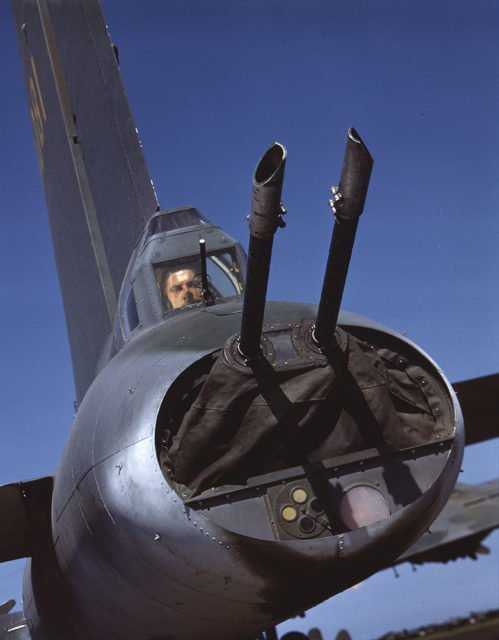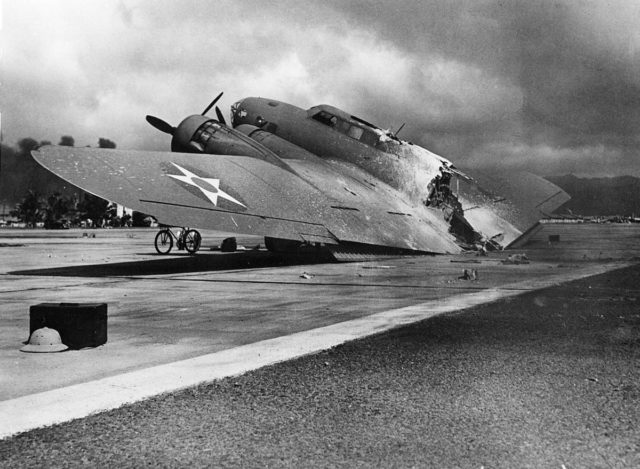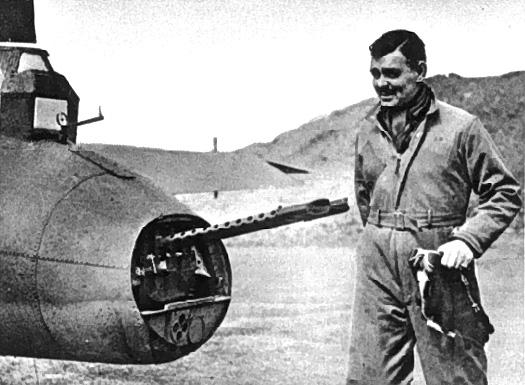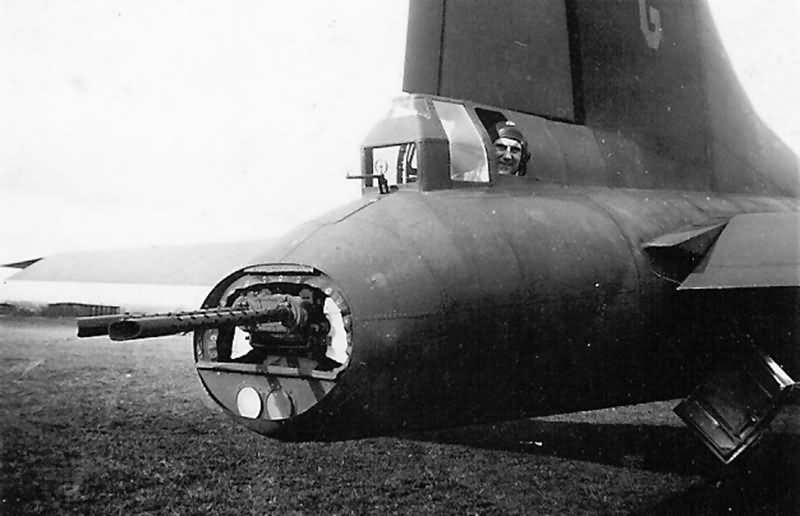John Andre (née Andrejansky), from a family of 14 children, grew up on a dairy farm in Stonersville in Berks County, Pennsylvania. As a young boy, he learned the tough, unrelenting work necessary to care for a farm and a herd of dairy cows.
He enlisted in the U.S. Army Air Corps in 1944 and was sent to Patterson Air Force Base near Dayton, Ohio, where he learned the skills to become a tail gunner in a B-17 bomber.
“I guess nobody else wanted it, so I got it,” the nearly 95-year-old Andre said of his assignment. “It was the most dangerous job on the plane.” Following the Patterson training, Andre and his crew were sent to Rapid City, South Dakota, for more intensive training.
He confessed that one day, to relieve the daily tedium, their pilot flew around Mount Rushmore while the gunners used it for target practice. The B-17 crew got a real drubbing for this behavior, although Andre smiled and chuckled as he related this anecdote, suggesting the prank had been worth the disciplining.

A component of the training was learning to fly in tight formation – almost wing tip to wing tip with other bombers – and this dangerous proximity led to the loss of more than 2,800 airmen during fatal training mishaps.
In the early years of World War 2, there was a dearth of long-range fighter planes, so with no escorts, the B-17s had to defend themselves.
To that end, Andre’s crew had four gunners, each with twin 50-caliber Browning machine guns, and the sight of eight gun barrels bristling like porcupine quills along its body made it look impregnable, hence the name “Flying Fortress.”

The B-17 crew members had very little room. Andre had a sawed off bicycle seat to kneel on during combat, so the 6-foot-1 tail gunner was in very cramped quarters, especially since the high cruising altitude required oxygen masks, electrically heated flight suits, goggles, and a helmet.
At the time Andre’s crew began bombing runs, the German anti-aircraft fire, or “ak-ak,” was very effective; the enemy planes attacked from the rear, so Andre was kept busy, sometimes balancing his guns on his lap after they came loose from their mounts.

The crew flew 28 missions from March 4th to April 17th, 1945, bombing major German cities, but the crew’s most important mission was on April 7th when they bombed an airfield at Kaltenkirchen, near Hamburg, where Germany had stored its jet fighters.
The U.S. military command decided that the best way to control the jets was to destroy them while they were on the ground.
Though the battle was fierce, they accomplished their assignment so effectively that the entire unit, including Andre, was awarded the United States Air Medal. When Andre’s crew had flown its designated 25 missions, some delivering food to starving civilians in the Netherlands, they volunteered for three more to support their popular pilot. All of Andre’s crew survived the war.
After the war, John Andre served as the chief of ground operations for an airport in Keflavik, Iceland. When he did return to Pennsylvania, Andre worked for Firestone Tire and Rubber in Pottstown, worked his farm in Little Oley, and raised two daughters with his wife, Mary Ondo.
